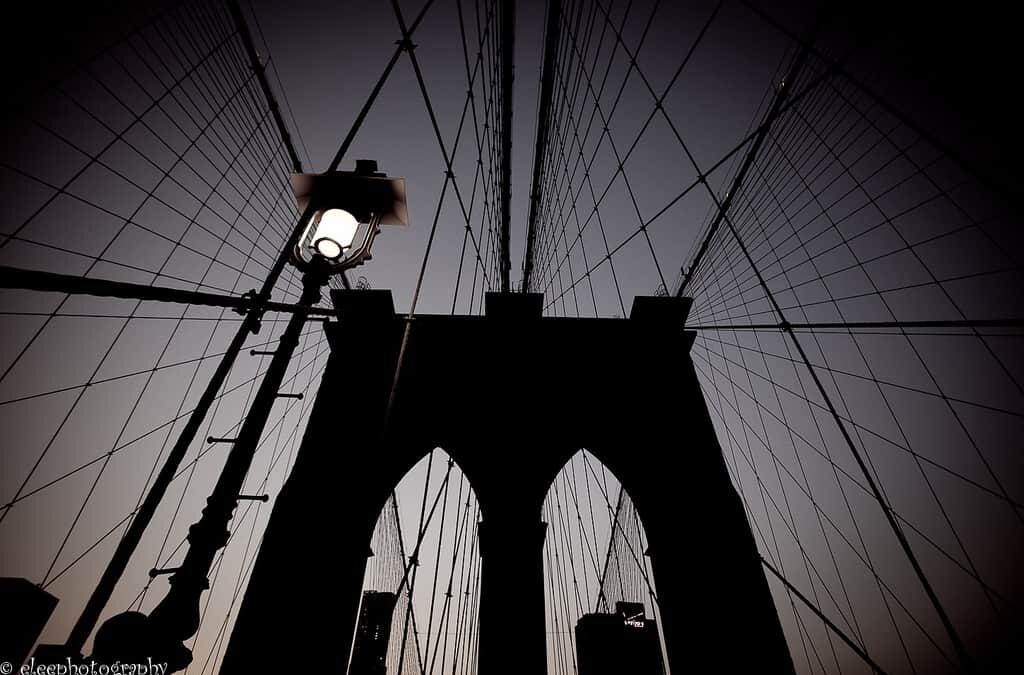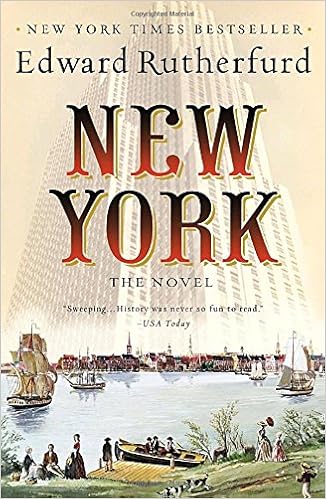I have a love of historical fiction borne, I believe, of my affinity for Conan Doyle’s tales of Sherlock Holmes. I have read the anthology several times over, and sought out the various “estate-approved” modern tales, though some pale vastly in comparison to that which they are tying to emulate.
Regardless, Victorian England seemed to be the key. I read some of C. S. Harris’ Sebastian St. Cyr novels, and a random book here or there in the same vein. Being a bit of a Anglo-fan rather than -phile, stories of London and its rich history, especially at such a revolutionary time period, fascinate me.
My family is from New England, and I was born in Boston. I never thought to live in any other city as a child, but adulthood brought me to New York City, where I lived for ten years and formed an enduring love. Several years ago, and again recently, I read Caleb Carr’s The Alienist. Here it was, the combination of all the strings – Victorian-era New York. Holmes would have relished such a case, and Kreizler was an interesting analog. So, feed my brain more, I thought. New York in history.
Sitting on my end table ready to devour is Gotham, and adorning my bookshelf is the twice-read The Island at the Center of the World. And fresh in my mind is Edward Rutherfurd’s New York: The Novel.
Having never read a Rutherfurd book before, I learned partway through that he is known for sweeping, epoch-traveling historical fiction. His first book, Sarum, details English history from pre-historic times right up to the mid-80s. Not nearly as time-traveling (but still clocking in at a respectable 1000+ pages), New York chronicles the history of Gotham from Dutch colonial times through 2009. Following the VanDyck/Masters clan, a Dutch/English pairing in the 1600s, and the various families and peoples that swing in and out of their lives through the centuries, the book is the films Crash or Babel on a massive scale.
Rutherfurd cleverly weaves the family tales through important historical events, from the British occupation of New York and the Revolutionary War, through the Civil War and WWI, culminating in more ways than one on September 11. This last vignette, far too short in my opinion, was particularly emotional for me, as I lived and worked in the City during those events. Similarly, important historical figures touch the families as well, from George Washington to J.P. Morgan and counterculture figures like Jackson Pollack. These could easily seem forced or trite, but in the end work out well – these people don’t live in the story, but serve to show the importance New York, and families that trace their lineage through the City’s history, have in the larger American history.
As someone who has lived and loved the City and adores tracing where things are and used to be, much of the tale bit me with the nostalgic bug. However, at no time did I feel like a reader without the City’s historical knowledge or affection would be lost – the story is ultimately about the various immigrant families, centered around the Masters, and their unfamiliar interconnections. This could also seem contrived, how this person’s descendant could unknowingly meet or befriend another’s, but I have personally experienced the “small world” nature of one of our largest cities, and it is often amazing how the universe throws people in and out of each other’s paths. Reading, I actually felt great anticipation as a new character was introduced, piecing together which family they were connected to.
My only gripe had to do with the length or brevity of some periods of history and the accompanying families. Each chapter is a year, starting in 1664, and some skips were very brief, while others, seemingly concentrated near the end of the book, would jump thirty years or more at a time. To be frank, it felt a bit like the steam running out of the story, and the author pushing ahead trying to get to a certain place. Additionally, some of the connected families have whole swaths of the text dedicated to them, like the O’Donnells, and others seems to get short shrift. The slave family from early colonial times disappear and never return, though I could easily see them replacing or augmenting the short story about the Campos family from Spanish Harlem which popped up late in the narrative. The Great Depression is merely touched upon, and missing is a strong section pertaining to the sweeping changes to our cultural fabric post 1960s, which seems like a missed opportunity. At one point, one of the members of the Carusos, an Italian immigrant family, becomes clearly involved in the Mafia, though which Family and what occurred is missing. Another chance, I think, to explore more of what immigrant life was like throughout the 20th century.
All that being said, reading passages of the text, especially when characters walk through their beloved city (which they often did), put me right back on the streets. I’ve always said that the beauty of New York City is that it is never finished. Several locales are visited often, outlining these changes throughout time. I found myself pausing to look up locations, maps and historical images to add more flavor to my own experience with the story. I wanted more about the Dutch influence, a major thread of cultural difference New York owns that much of the rest of the country perhaps does not, outlined deeply in Shorto’s book, or some more about the rough and tumble Five Points of Luc Sante’s Low Life, but those are different types of stories. New York is mostly about family, and the successes and failures (as they measure them) they experience. And it is, invariably, about how those experiences are shaped and molded simply by living in New York.


